Take Action! LANL Plans to Release Radioactive Tritium
![]() On Wednesday morning, the public was notified by Los Alamos National Laboratory (LANL) that releases of radioactive tritium could begin as early as Friday, September 11th. LANL tried to launch this plan last March. Communities organized against it and the project was halted.
On Wednesday morning, the public was notified by Los Alamos National Laboratory (LANL) that releases of radioactive tritium could begin as early as Friday, September 11th. LANL tried to launch this plan last March. Communities organized against it and the project was halted. 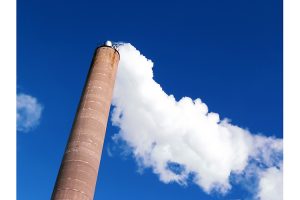
https://tewawomenunited.org/2020/09/action-alert-stop-radioactive-releases-at-los-alamos-national-laboratory , http://nuclearactive.org/lanl-plans-to-release-twice-the-amount-of-tritium-allowed/ , and http://nuclearactive.org/lanl-postpones-tritium-releases-due-to-global-pandemic/
If you were not signed up to receive emails from LANL’s Electronic Public Reading Room, you would not have received Wednesday morning’s notice. https://eprr.lanl.gov/ [The subscribe button is on the lower left.] The notice provided links to letters LANL submitted to the Environmental Protection Agency and the New Mexico Environment Department requesting permission to proceed with venting the four tritium containers. The containers hold lead and an estimated 114,000 curies of radioactive tritium.
The tritium is in the form of tritiated water, which harms when it is inhaled or ingested. https://ieer.org/article/energy-security/healthy-start-tritium-issue-38/
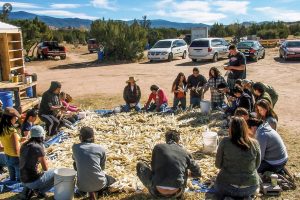 Now is the time of harvest. People are outside and breathing deeply while they bring in the harvest. The risk for breathing in particulates, pollutants, tritiated water, among other contaminants, has increased due to the COVID-19 global pandemic. Smoke and ash from the Medio wildfire significantly contributed to poor air quality for weeks, which was finally knocked down on Tuesday night when the rain and snow arrived. The link between increased COVID-19 death rates and air pollution are well known.
Now is the time of harvest. People are outside and breathing deeply while they bring in the harvest. The risk for breathing in particulates, pollutants, tritiated water, among other contaminants, has increased due to the COVID-19 global pandemic. Smoke and ash from the Medio wildfire significantly contributed to poor air quality for weeks, which was finally knocked down on Tuesday night when the rain and snow arrived. The link between increased COVID-19 death rates and air pollution are well known.
Even so, LANL, in its September 3rd, 2020 letter to the New Mexico Environment Department requesting a temporary authorization, states, “While these containers pose a minor, manageable hazard in their current configuration, they cannot be shipped without verifying headspace pressures have relieved, and pressure build up over time becomes increasingly more difficult to mitigate.” LANL FTWC Venting to NMED HWB 9-3-20
There is no emergency for LANL to get this work done. Importantly, no alternatives to the venting have been proposed by LANL. Yet the details of the activities have changed over the past six months. The March 2020 reports said there was no place to dispose of the canisters off the LANL site. Now the reports state there is.
On March 10th, 2020, LANL mailed an official public notice, which CCNS received. Public Notice TA Resubmittal FTWCs 3-10-20 We have not received such a notice about the proposed venting to begin in September. 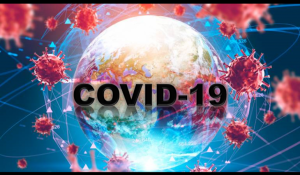
On April 1st, 2020, LANL sent an email to the Environment Department stating, “Venting of the [containers] is postponed indefinitely due to impacts of the COVID-19 pandemic.” CCNS asks, “Why now? The pandemic is not over.” We question whether LANL’s April 1st email was in reality an April 1st joke.
CCNS has prepared a few short sample comments for you to use to take action. It provides links for more information and contacts for regulatory officials, elected officials, and the media. Please help spread the word and share this with your family and friends. Sample Public Comments-LANL Tritium Venting 9-10-20
- Friday, September 18th – Public Comments are due to the
U.S. Environmental Protection Agency (EPA) about its LANL draft Clean Water Act’s National Pollutant Discharge Elimination System (NPDES) permit. CCNS will have sample public comments for you to use next week.
- Tuesday, September 22nd – Public Comments are due to the Nuclear Regulatory Commission (NRC) about the proposed Holtec facility
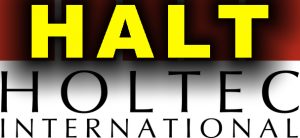 for ALL the nuclear plutonium fuel rods from nuclear power plants in the U.S. The proposed facility is located 16 miles north of the WIPP site, east of Carlsbad, NM. http://www.beyondnuclear.org/centralized-storage/
for ALL the nuclear plutonium fuel rods from nuclear power plants in the U.S. The proposed facility is located 16 miles north of the WIPP site, east of Carlsbad, NM. http://www.beyondnuclear.org/centralized-storage/
Tags: COVID-19, Electronic Public Reading Room, Environmental Protection Agency, EPRR, global pandemic, LANL, lead, Los Alamos National Laboratory, New Mexico Environment Department, tritium



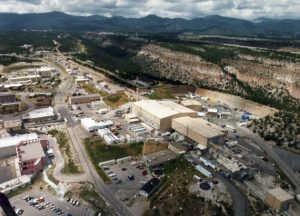

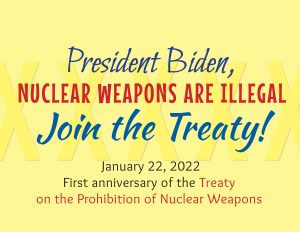
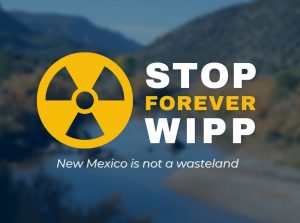






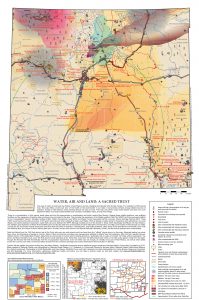
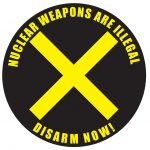
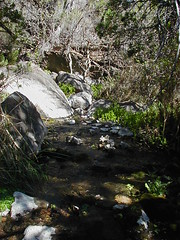

Comments
No comments so far.